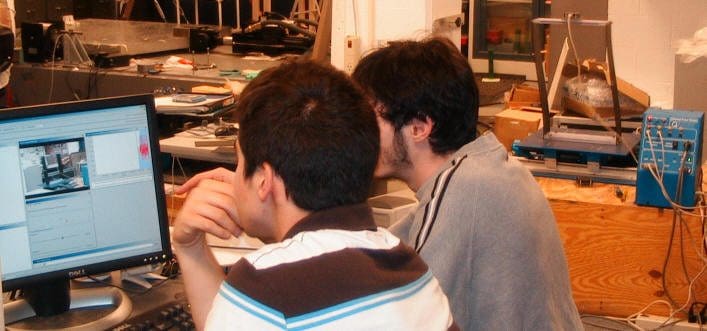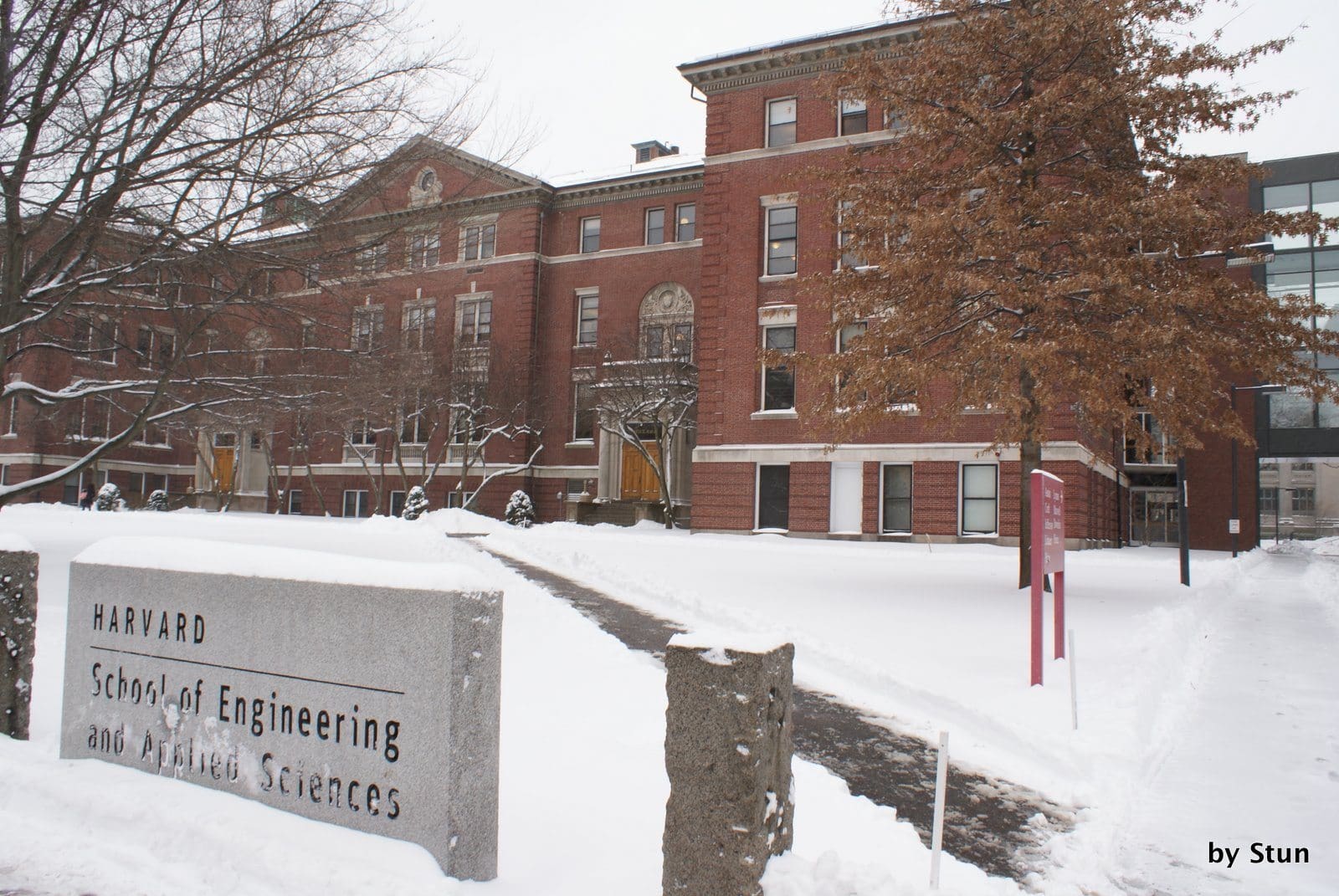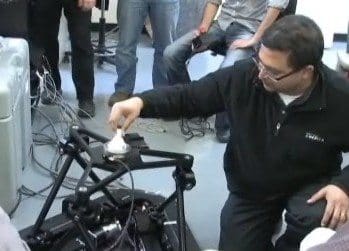
Every year catastrophic earthquakes remind us of powerful forces of nature. And every year, structural engineers around the world work hard to design and build towers, bridges, tunnels and buildings that would be able to sustain effects of these seismic events. To be able to do that, the engineers must understand how structures dynamically respond to the earthquake loading.
Challenge
Putting theory into practice
“Having the ability to simulate an earthquake gives us much better understanding of building performance,” says Professor Shirley Dyke from Purdue University. Professor Dyke is the driving force behind UCIST – University Consortium on Instructional Shake Tables she helped start in 1999. The main goal of UCIST is to bring earthquake simulators to classrooms – so that students early in their undergraduate courses get a chance to develop understanding of structural dynamics and controls principles through hands-on experiments in addition to theory. “Hands-on experiments seem to be particularly effective for teaching basic concepts in dynamics and control,” continues Prof. Dyke, “they are attractive supplement to the rather conventional content of several courses.”
Solution
Captivating civil engineering students
One of the first tasks the 23 members of UCIST faced was to select the right bench-scale seismic simulator – the Quanser Shake Table II. Why was the Quanser solution, Shake Table II system, chosen? “Quanser simply offered us a complete package “answers Prof. Dyke. “ The system consists not only of a shake table but includes accelerometers, test structures, data acquisition and computer to record data and control the shake table. It gives us desired flexibility in performing experiments. No other company was able to give us all that.”
With the help of the National Science Foundation (NSF) Instrumentation and Laboratory Improvement Program, UCIST equipped all its members with the same Quanser Shake Table II system. The 23 member universities across U.S. started to develop earthquake-related experiments and share them with other UCIST members. “It is very interesting for the students to come to the laboratory,” adds Prof. Dyke. “We can see they develop an interest in the subject early on. During graduate studies, they simply expand on the knowledge they acquired as undergraduate students.”
Result
Building foundations early
The portability of Quanser Shake Table II is an added advantage that enables UCIST to reach prospective students outside the University campus. Washington University’s ‘Moving and Shaking…Introduction to Engineering’ program was launched to help attract young high-school students to engineering. “We do not know how much impact these activities have,” admits Prof. Dyke, “but we truly hope that some of these kids will pursue a career in engineering.”
How successful is the UCIST project? Well, in less than 10 years, UCIST has grown substantially and embarked on a new phase of its evolutiuon. With over 100 universities from U.S. and abroad joining as members, additional funding was secured to utilize the latest cyberinfrastructure capabilities developed by the National Network for Earthquake Engineering Simulation (NEES). In this phase, UCIST will focus on developing teleparticipation and teleoperation experiments. That will allow to expand hands-on experience to students whose Universities are not able to acquire shake tables.
“It has been a lot of fun working with Quanser equipment and teaching students things they wouldn’t otherwise have a chance to see, the experiments that show them how theory and real world are interconnected,” summarizes Prof. Dyke her positive experience with Quanser.
“Developing the Shake Table II system for UCIST has been a very rewarding experience and was pivotal for Quanser,” adds Dr. Jacob Apkarian, Founder and CTO of Quanser. “This initiative and collaboration has allowed us to expand our range of exciting control experiments to a wider global audience.”



